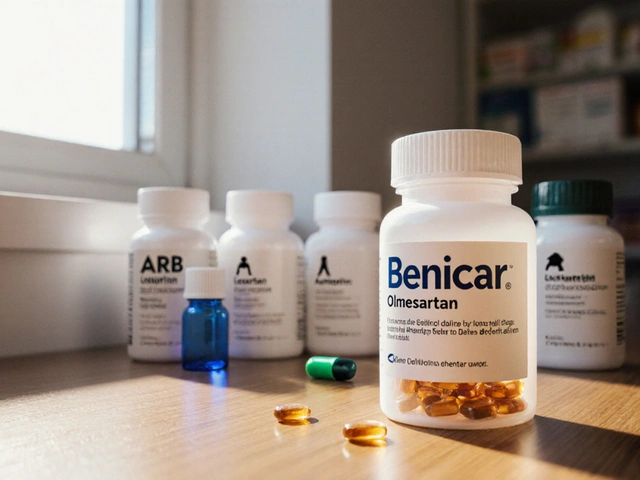Bronchodilator: Quick Guide to Types, Use, and Safety
Need fast relief from wheeze or tight chest? Bronchodilators relax the small muscles around your airways so air flows easier. They are a core tool for asthma, COPD, and any sudden bronchospasm.
There are two main groups: short-acting bronchodilators for rescue and long-acting ones for daily control. Short-acting beta agonists (SABA) like salbutamol/albuterol work within minutes and stop acute breathlessness. Long-acting beta agonists (LABA) and long-acting muscarinic antagonists (LAMA) keep airways open over hours to days and are for maintenance.
How you take them matters. Common ways are metered-dose inhalers (MDIs), dry powder inhalers (DPIs), and nebulizers. MDIs need coordination; spacers help. DPIs require a strong inhalation. Nebulizers turn medicine into a mist - useful if you can’t use an inhaler well.
Use a rescue inhaler at the first sign of wheeze or tightness. If you need rescue medicine more than twice a week, talk to your doctor - your control plan may need changing. Maintenance inhalers reduce flare-ups and are taken on a schedule, not when symptoms occur.
Common side effects include tremor, fast heartbeat, headache, and mild shakiness. Anticholinergic drugs can cause dry mouth and blurred vision when they touch the eye. If you have heart disease, high blood pressure, or certain thyroid problems, tell your prescriber - some bronchodilators might need extra caution.
Shake MDIs before use, exhale fully, seal your lips around the mouthpiece, press and inhale slowly, then hold your breath for 5-10 seconds. If you use two inhalers, wait about one minute between them. Rinse your mouth after inhaled steroids to lower the risk of thrush.
Store inhalers at room temperature and check expiry dates. Keep spare rescue inhalers where you can reach them fast. Don't share prescription inhalers and don't use someone else's medicine.
If a rescue inhaler doesn't help within 10-15 minutes, or you are very breathless, blue around the lips, or struggling to speak, call emergency services. Regular review with your clinician helps spot worsening control early.
Common brands and interactions
You'll see names like Ventolin or ProAir (albuterol/salbutamol) for rescue, Atrovent (ipratropium) for anticholinergic effect, Spiriva (tiotropium) for long-term control, and Serevent or Foradil for LABA action. Avoid combining LABA alone in asthma without inhaled steroids. Beta blockers can reduce bronchodilator effect - tell any prescriber if you use them.
Quick tips
Keep an action plan, review inhaler technique yearly, track how often you use rescue inhalers, and carry emergency contact info. For children, use spacers or mask attachments and get dose instructions from a pediatrician. Pregnant or breastfeeding? Most inhaled bronchodilators are considered safe, but check with your obstetric team.
See related posts and ask your healthcare team for advice.

In my latest blog post, I've delved into the topic of Terbutaline and its effects on pregnancy. Terbutaline is a medication commonly prescribed to treat asthma and other respiratory conditions, but it has also been used off-label to prevent preterm labor. Through extensive research, I've discovered that while Terbutaline has shown some success in delaying labor, it also comes with potential risks for both mother and baby, such as increased heart rates and low blood sugar. As a result, the FDA has issued warnings against its use for preterm labor management. To learn more about the pros and cons of Terbutaline during pregnancy, check out my comprehensive review.






